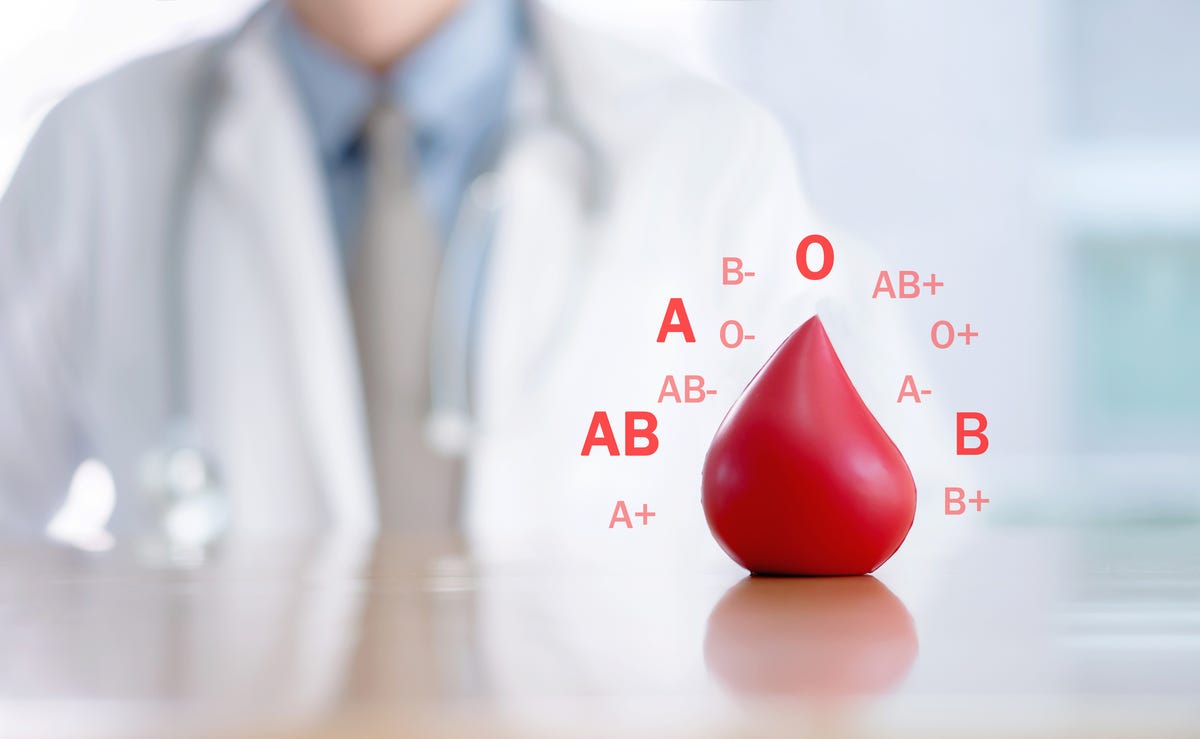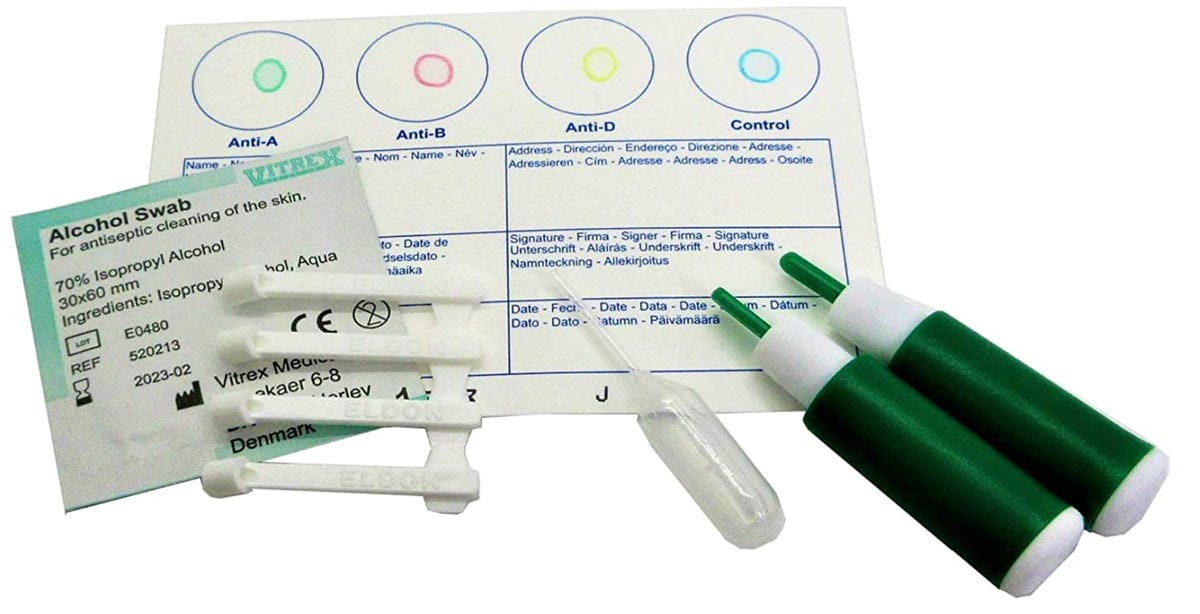Knowing your blood type is important. It’s obviously necessary information during a medical emergency, but it can also inform your health. If you have no idea what your blood type is, don’t panic. There are three ways you can go about finding out.
Two years ago, I was filling out an application to volunteer at a children’s hospital and on the form, I was asked to provide my blood type. Luckily, I knew off the top of my head that I’m type O-positive, but I wanted documentation to confirm this information. I called my mom to see if blood type is listed on my birth certificate — no luck. I checked my physician’s health portal — also no luck.
This got me wondering: How does someone figure out their blood type if they don’t already know it?
Not knowing your blood type can be a problem when it comes to your overall wellness. No matter your age or health, it’s crucial to know whether you’re type A, B or O. Having this piece of information can help you in an emergency situation or make filling out certain forms a little easier.
If you have no clue what your type is, you’re not alone. According to a 2019 CBS News poll, only 66% of Americans reported knowing their blood type. Considering blood type can be vital to understanding your health, including your heart health — and saving your life in an emergency — it’s important to know what kind of blood courses through your veins. The good news is finding out your blood type is relatively simple and you have options. Below are three easy ways to find out your blood type.
Blood type basics

Blood type is categorized into one of these eight groups: A-positive, A-negative, B-positive, B-negative, O-positive, O-negative, AB-positive and AB-negative. But what determines blood type and what does that blood type mean?
Blood types are determined by antigens — a substance that triggers an immune response — on the surface of red blood cells. There are ABO antigens, which designate ABO blood types. This is determined by the ABO gene. For example:
- Type A blood type has the A antigen
- Type B blood type has the B antigen
- Type AB blood type has both the A and B antigen
- Type O doesn’t produce any A or B antigen
There are also Rhesus (Rh) antigens, which determine if blood is “positive” or “negative.” If you have Rh proteins on the surface of your red blood cells, you are Rh positive. If you don’t have Rh proteins on the surface of your red blood cells, you have negative blood.

Blood type is categorized into one of these eight groups: A-positive, A-negative, B-positive, B-negative, O-positive, O-negative, AB-positive and AB-negative.
How to find your blood type?
Here’s three main ways to type your blood:
- Have your doctor do a blood test
- Donate blood
- Use an at-home blood test
1. Clinical test
One of the easiest and most effective ways to determine your blood type is to have your doctor perform a test. A professional will draw blood and then perform two tests on the blood sample: forward typing and reverse typing.
During forward typing, the blood sample is mixed with antibodies against type A and B blood. Based on whether the blood cells stick together when mixed with the antibodies, your blood type can be determined from there. If your blood cells stick together when mixed with antibodies against type B blood, you have type B blood. If your blood cells stick together when mixed with antibodies against type A blood, you have type A blood.
To confirm the result, the next step is reverse typing, meaning the blood sample without red blood cells — called a serum — is mixed with type A and type B blood cells. Type A blood will have antibodies against Type B blood in the sample and type B blood will have antibodies against Type A blood. Type O blood will contain antibodies against Type A and Type B. So, if sticking occurs when the serum is mixed with type B blood cells, you have type A blood, and if sticking occurs when the serum is mixed with type A blood cells, you have type B blood.
I recommend calling your doctor’s office to see what a blood type test costs out-of-pocket and if it’s covered by insurance.
2. Donate blood
This is an easy — and free — way to determine blood type, but results are not immediate.
If you donate to a blood drive, you can simply ask the staff about your blood type. Blood usually is not tested right away, so it may take up to a few weeks to get the results.

With at-home kits, you can determine your blood type in just a few minutes.
3. At-home blood test
At-home tests are relatively straightforward. You will usually start by wiping your finger with an alcohol wipe and then be required to prick your finger with a disposable lancet to draw blood. Then, you will wipe blood on the provided card. Depending on how the blood dries, clumps or spreads, you will be able to compare your blood stain to a results card. Within minutes, you’ll be able to determine your blood type.




















+ There are no comments
Add yours